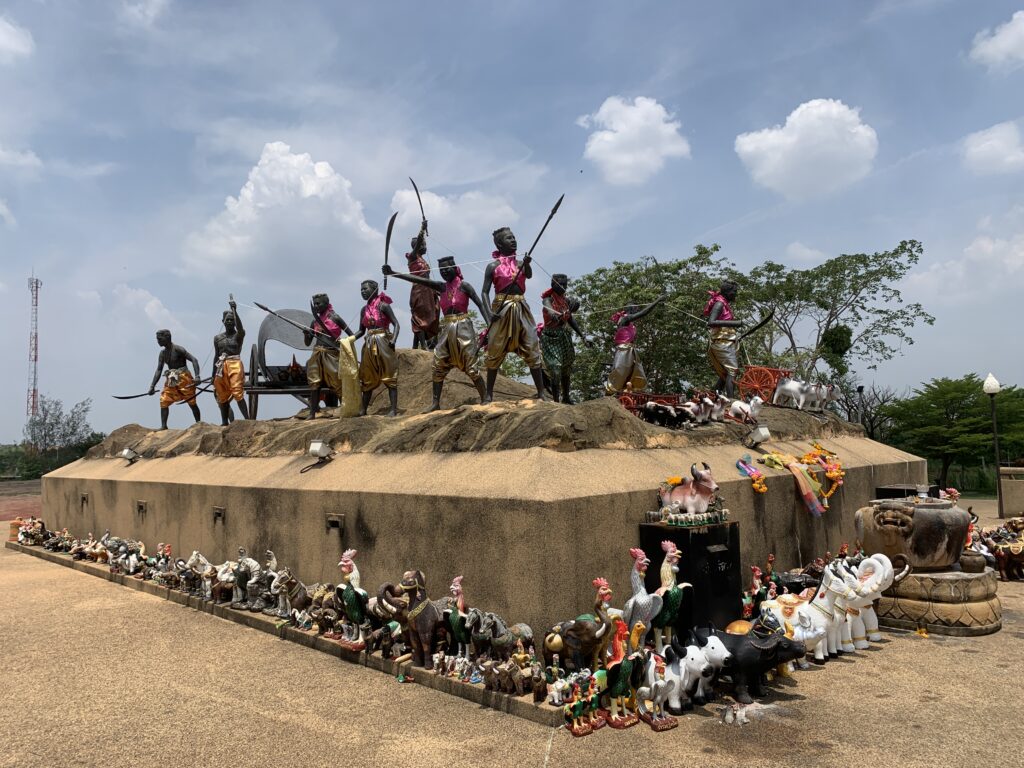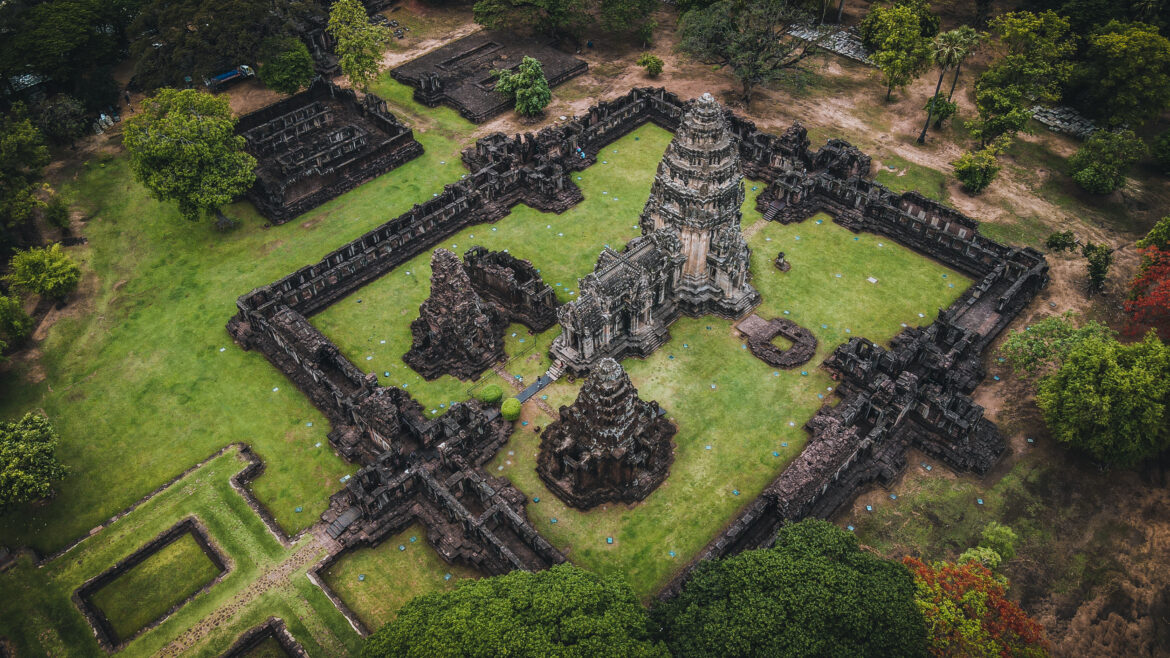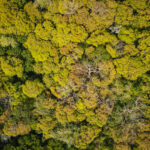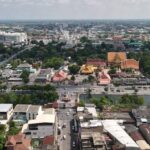Phimai, located in Thailand’s Nakhon Ratchasima Province, is a charming town famous for the 11th-century Khmer ruins of Phimai Historical Park. It’s one of Thailand’s most impressive and well-preserved archaeological sites. Long before it was a tourist attraction, the site served as an important religious and political hub for the Khmer Empire. Today, visitors to Phimai are treated to an incredible display of ancient architecture and intricate carvings, as well as a glimpse into the region’s rich cultural heritage.
How to get there?
The fastest way to get to Phimai from Nakhon Ratchasima would be to take a bus from Terminal 2 Station. The journey takes over an hour and tickets can be purchased inside the bus.
When to go?
The site can be visited at any time of the year. The dry season runs from November to March. During this time, the weather is generally mild, sunny, relatively dry, and with less humidity.
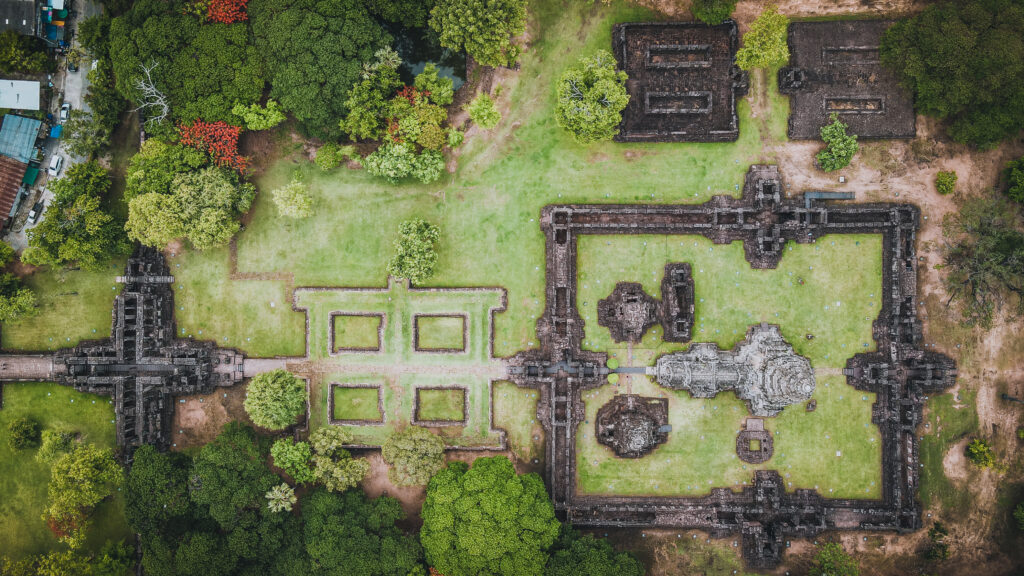
Where to stay?
Phimai can be easily reached from Nakhon Ratchasima as a day trip. That’s exactly what I did so I haven’t stayed there for the night. I am not going to recommend anything from my own experience, but if you want to take your time in the town, look for your options at booking.com or agoda.com. Benya Guest House looks like something that I could potentially choose.
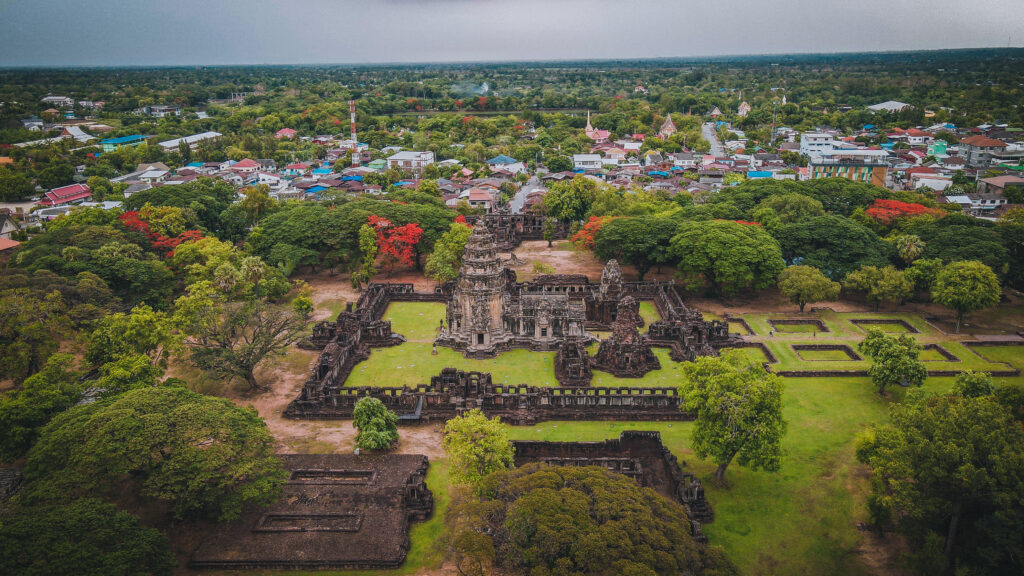
What to see?
Prasat Hin Phimai
The temple is located at one end of the Ancient Khmer Highway from Angkor and it is believed to have been an important city in the Khmer Empire. Most buildings are from the late 11th to the late 12th century, built in the Baphuon, Bayon, and Khmer temple style. As the inhabitants of the Khorat area had been Buddhists as far back as the 7th century, the temple was dedicated to the Vajrayana sect of Mahayana Buddhism.
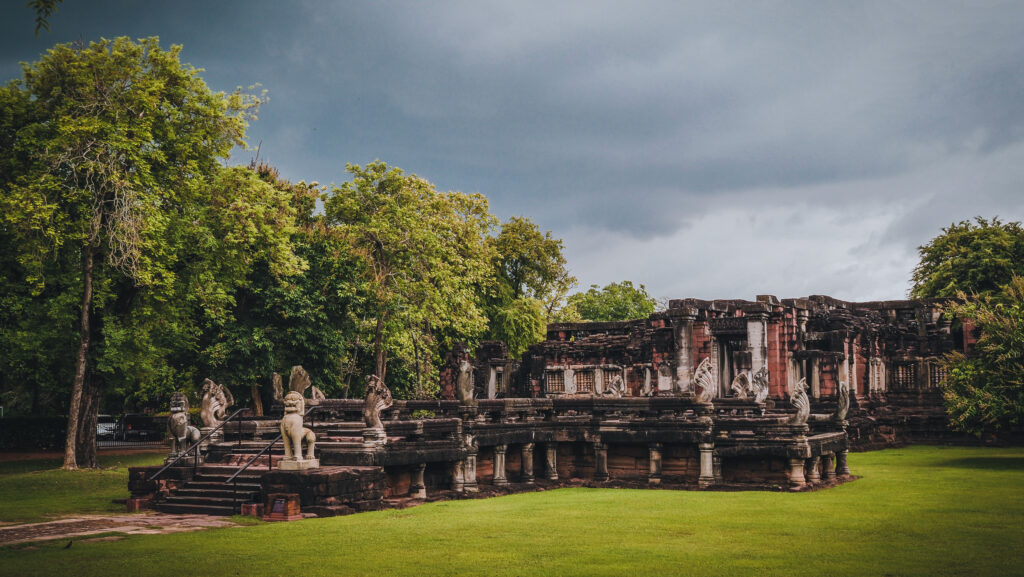
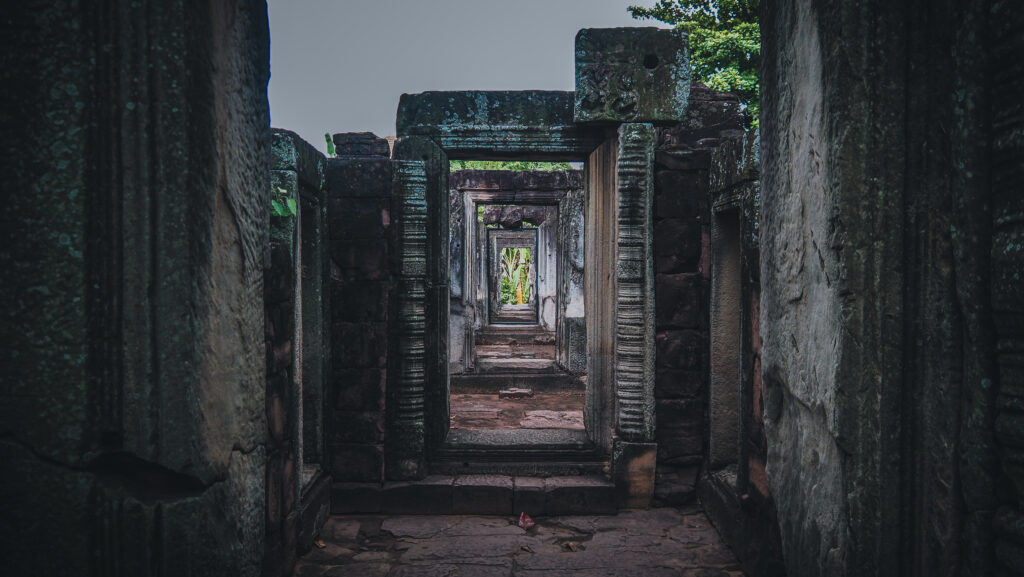
In front of the main temple, there were Prang Hin Daeng and Prang Bhramadatta which were also in the rectangular gallery with four-sided entrances. These two buildings were linked together by the walkway. In front of the southern entrance, there was a cross passageway which was called Naga Bridge. The frontmost building was presumably used as a robing pavilion for the king and nobles before performing religious ceremonies.
After the fall of the Ayutthaya Kingdom in 1767, attempts were made to set up five separate states, with Prince Teppipit, establishing Phimai as one, ruling over eastern provinces including Nakhon Ratchasima. As the weakest of the five, Prince Teppipit was the first to be defeated and was executed in 1768.
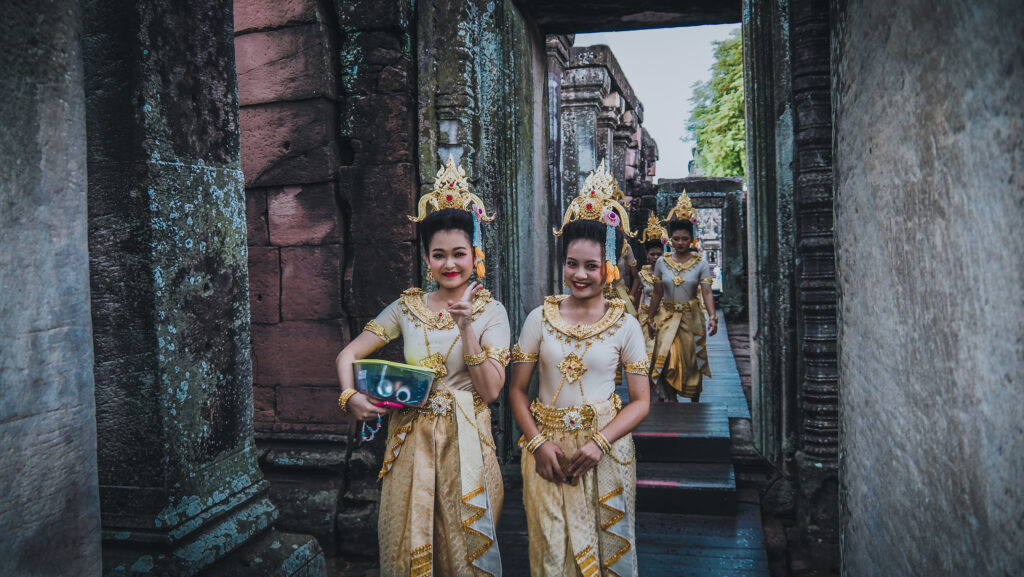
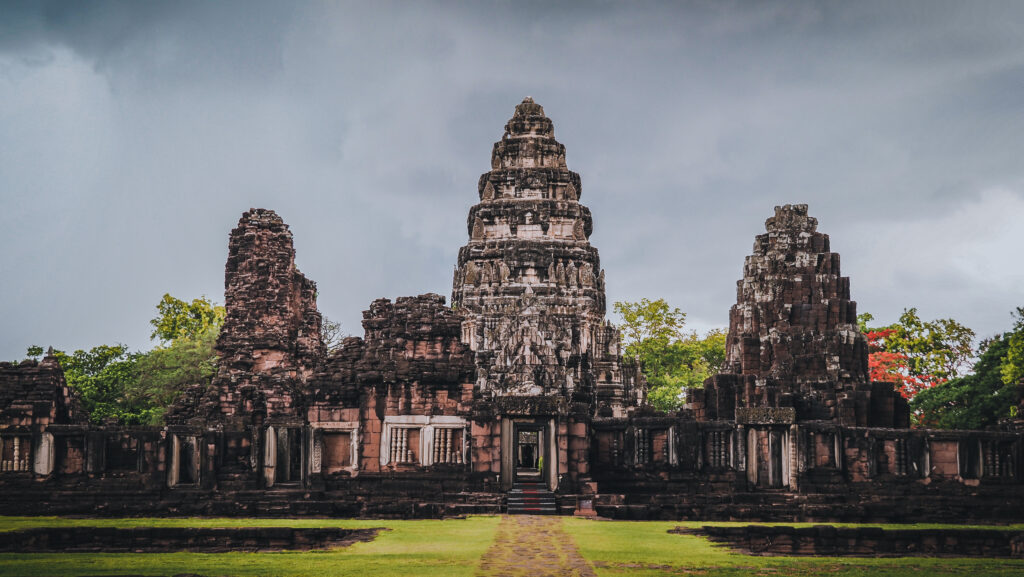
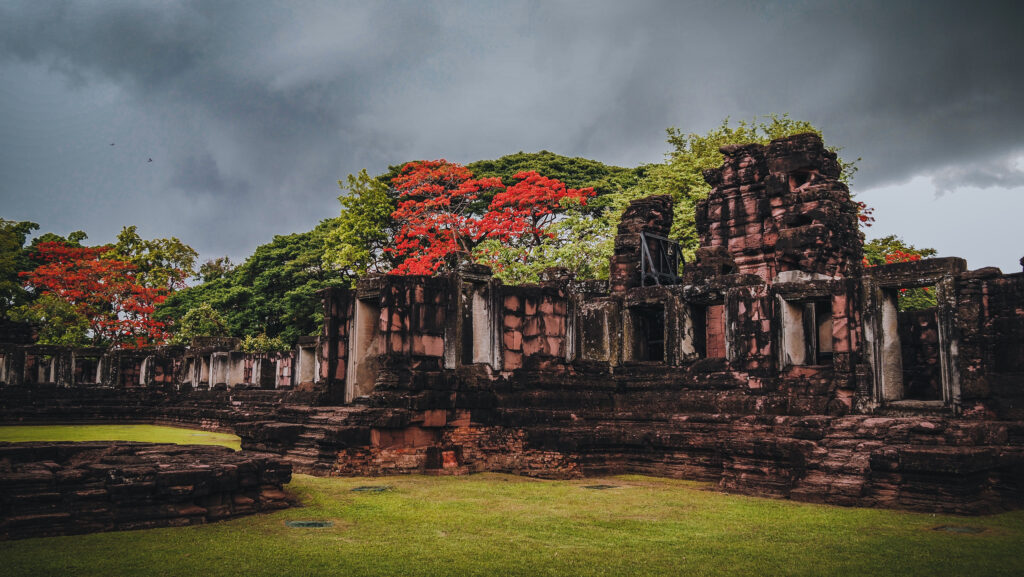
Phimai National Museum
The museum contains artefacts from the Phimai Historic Site and other temples in the region. It is best to visit before entering the historical park to understand the full context. The entry fee is 100 THB for foreigners and 20 THB for Thais. Unfortunately, as of May 2023, the museum was closed for renovation and I’m not sure how long it is going to take. There are some artefacts located outdoors so you can still walk around and see them for free. The remains of the North Gate are located near the museum, on the other side of Tha Songkran Road.
Meru Brahmathat
Just a short walk from the entrance to Prasat Phimai is the ruin of Meru Brahmathat. It is unrelated to the Khmer Empire in any way and origins from the 18th century which was the late Ayutthaya era. It sits atop a man-made hill and unfortunately isn’t in particularly good condition. It looks much better from the square further away than up close.
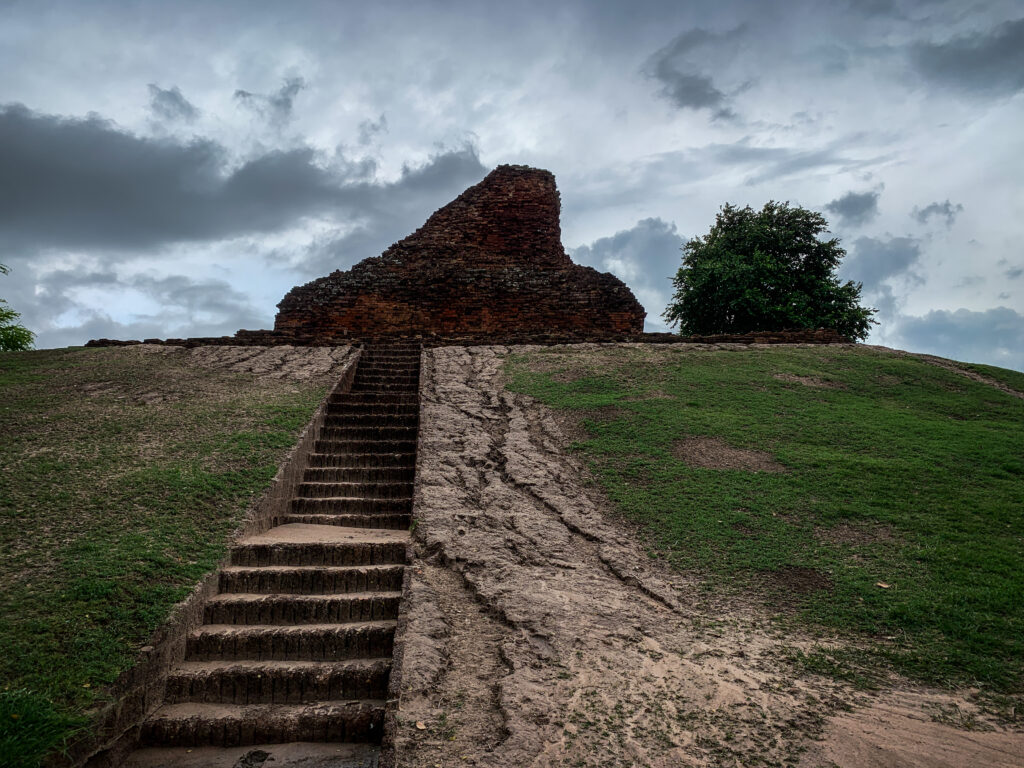
Pratu Chai
The south gate is the most intact and noteworthy of Phimai’s three surviving 13th-century city gates. It was built by King Jayavarman VII and served the road to Angkor.
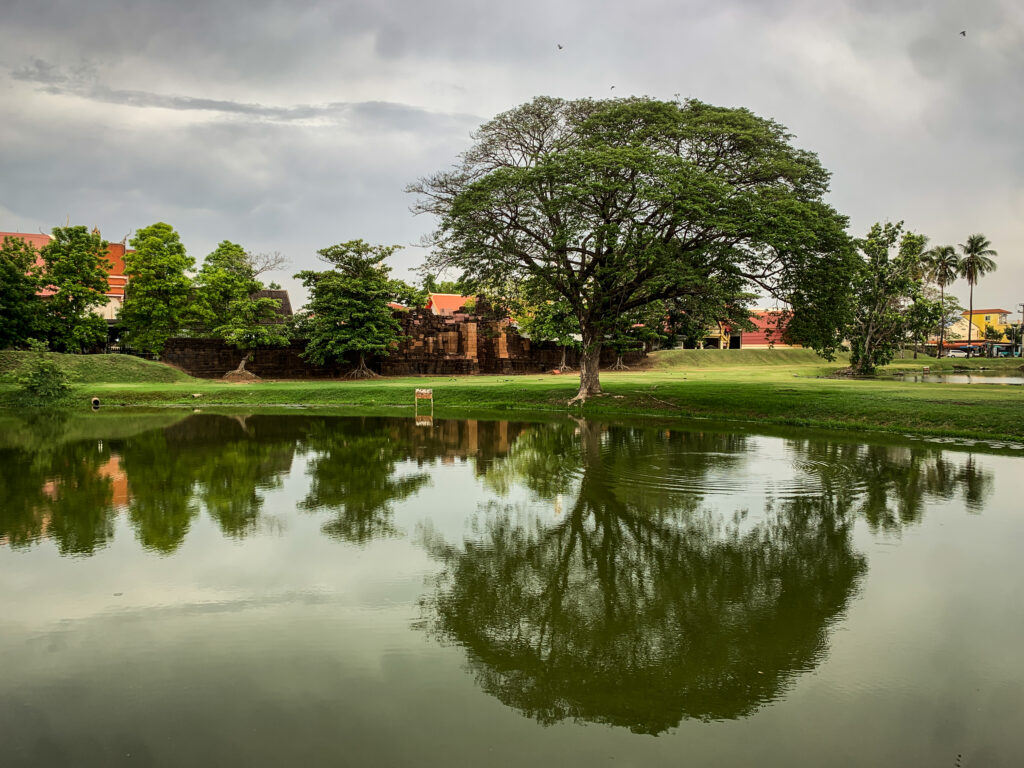
Sai Ngam
It must be the biggest banyan tree I have ever seen! it’s a very significant symbol in Buddhism as it is believed that the Buddha enlightened while sitting in the shade of a banyan tree. A banyan reproduces by sending tendrils down from its branches which can take root and form a new tree. It’s a pleasant walking area and there are plenty of food stalls available.

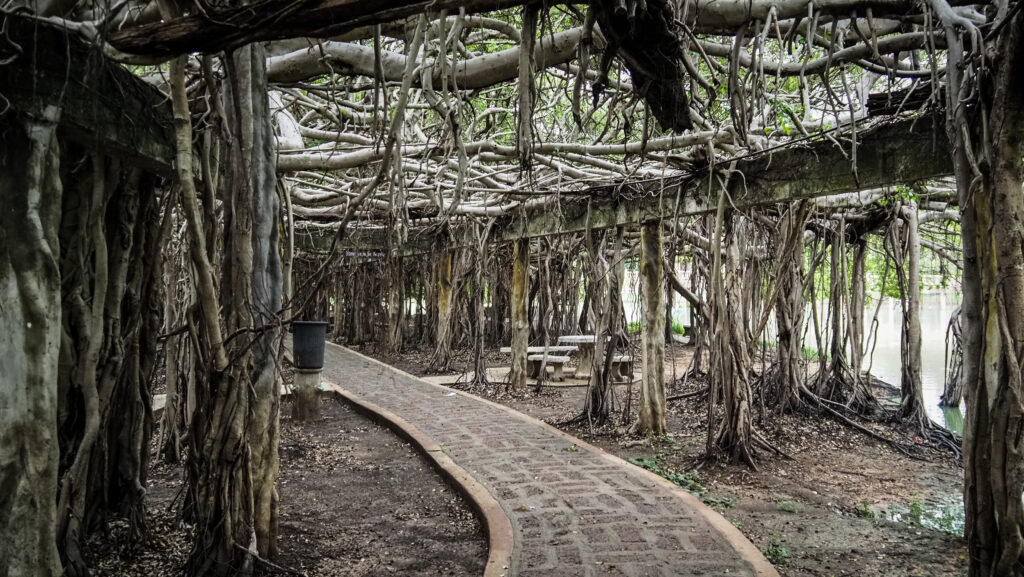
Banprasat Archaeological Site
Excavation sites include some pottery and burial places of a farming community dating back some 3000 years. There is also a small museum, with explanations in English. The village is located about 15 km from Phimai. Free entrance.
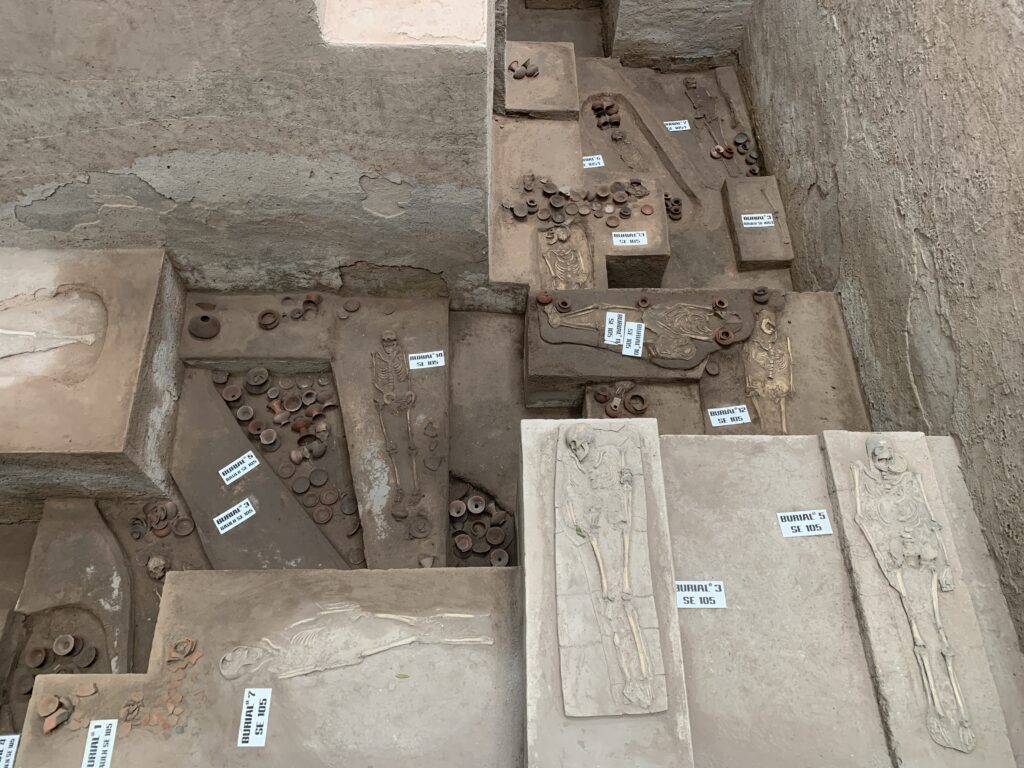
Thung Samrit Memorial
The place was a battleground between the Khorat people and Lao soldiers during the reign of King Rama III. A shrine was constructed by villagers in 1988 to pay homage to the fighters.
